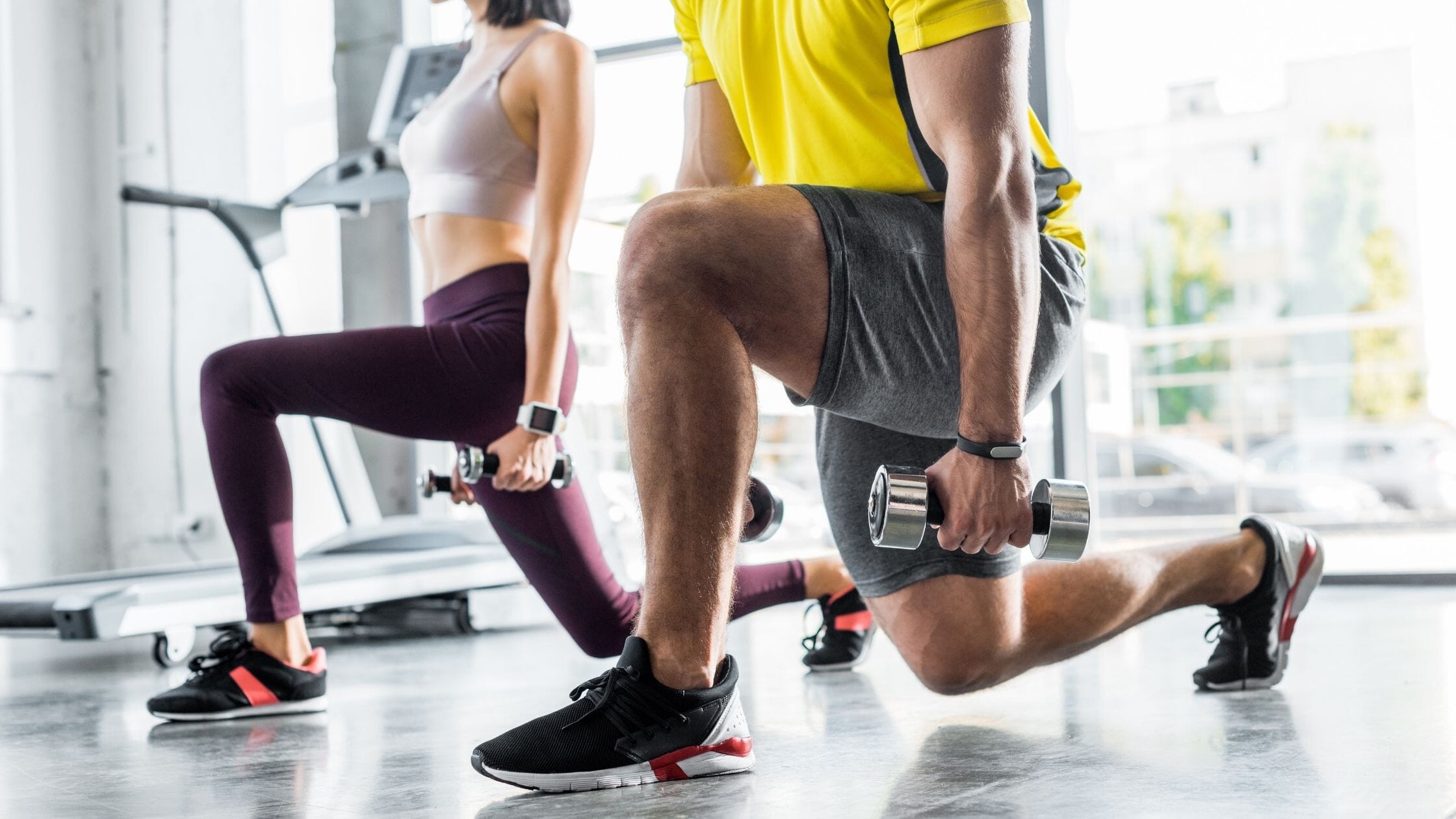What exercises should I do in the gym?
We get sent this question all the time from prospective clients. After a couple of messages back and forth about their goals, the client typically responds with something along the lines of “I want my fitness to be well rounded.”
Designing balanced workout programs is what we do best!
There are 6 movement patterns that well rounded workouts always include, and you’ll learn about them in this blog.
6 Movement Patterns to Create Balanced Workouts
1) Squat
The squat movement pattern is an essential part of any workout plan. This movement pattern uses your glutes, hamstrings, and quads. Some of our favorite exercises in this pattern include the front squat, back squat, and goblet squat.
If you have limited access to equipment, air squats, elevator squats, and squat to boxes are also great options.
2) Bend
Next is bend, which is the second lower body movement pattern. These exercises use your glutes, hamstrings, and lower and upper back, depending on the exercise. This pattern includes traditional exercises like the deadlift, glute bridge, and romanian deadlift..
Some bend exercises you can do at home include the single leg hip thrust, clamshell, and of course the glute bridge.
3) Push
The push movement pattern is one of the two upper-body specific patterns. This movement pattern uses the muscles in the chest, shoulders, and triceps. Exercises in this pattern include the bench press, shoulder press, and dip.
At home variations of the push pattern include push-ups, bench dips, and reverse scapular push-ups.
4) Pull
Pull exercises use your lats, rhomboids, traps, and biceps. Traditional pull exercises include pull-ups, bent-over rows, and ring rows.
The pull pattern can be tough to do at home, but thankfully we’ve compiled a list of the 10 best bodyweight pull exercises for you here.
5) Lunge
The lunge is the last lower-body specific movement pattern. The exercises in this pattern are unique because they are unilateral, meaning that only one side of the body is working at a time. The lunge uses the muscles in the glutes, quads, hamstrings, back, and core. Some of our favorite lunge exercises are the split squat, walking lunge, and step-up.
Lunge exercises you can do with minimal equipment include the split squat, reverse lunge, and jump lunge.
6) Core
The sixth and final movement pattern is core. This pattern refers to any exercises that work your abdominals, obliques, and other core musculature. Some exercises in this pattern include the plank, farmer’s carry, and knees to elbow. This pattern is a great way to end a workout.
Core exercises you can do at home include plank, tabletop reverse plank, and the side plank.
How to Design a Workout
Now you know the 6 movement patterns you need to create a balanced workout. Next, let’s quickly talk about how to order them in a workout. We like to alternate between lower and upper body exercises. A workout with all 6 patterns looks like this:
A1) Bend
A2) Push
B1) Squat
B2) Pull
C1) Lunge
C2) Core
If you would like to learn more about how to create full-body workouts, read this article.
But if you’re not quite sure where to start, then there is always another option.
You could get a professional coach. Someone whose sole job is to create effective workout programs that get their clients results. Sound interesting?
Find an OPEX Gym near you today and schedule your free consultation to learn what it’s like to work with your own personal fitness coach.
